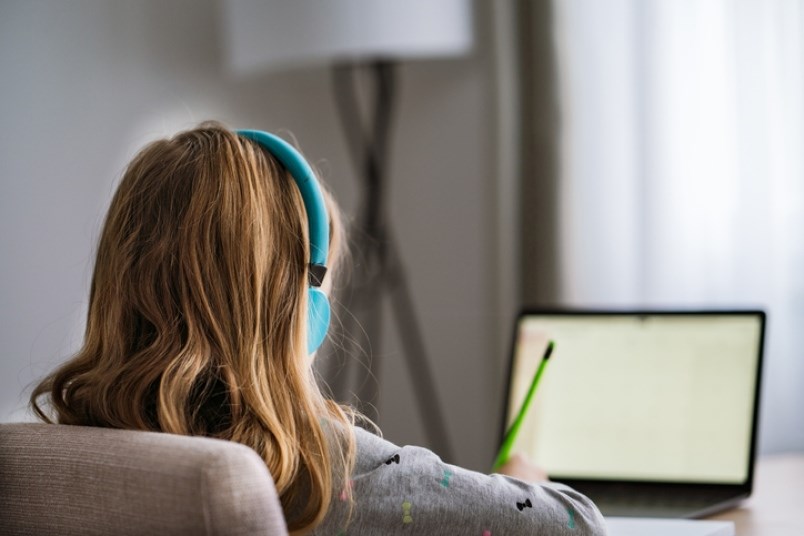Remote learning is a hit with students and parents, despite the government-sanctioned return to classrooms governed by COVID-19 restrictions for the 2020-2021 school year.
In fact, remote learning has so far proven to be the preference over classroom learning for many students and parents, with some students on an actual waiting list to transfer from the classroom to remote learning, Algoma District School Board (ADSB) administrators and trustees were told at the board’s Tuesday meeting.
There are currently 863 students involved in 41 remote learning classes at the elementary level (JK to Grade 8), 539 at the secondary level, the board was told.
There are 28 students on a waiting list for the board's Elementary Virtual Learning program, another 28 on a waiting list for Secondary Virtual Learning.
A total of 1,401 students are already in the board's Virtual Learning School.
Families and students who need the proper technology for remote learning will not slip through the cracks and will have their needs taken care of, said Marcy Bell, ADSB superintendent of education, speaking to the board Tuesday.
“We’ve had families who thought their technology at home would work…(but) it doesn’t, so now they need technology we hadn’t accounted for,” Bell said.
The board is providing 316 laptops for those families and students which need them, 72 families requiring Wi-Fi or Bell phones which support remote learning.
136 of the 316 laptops were scheduled for pickup Wednesday, along with 15 Wi-Fi hubs.
“They’ll receive learning materials, resources and activities via Edsby (online technology) or, as needed, hard copy, and we do have some families that are going to need that,” Bell said.
Remote learning students with special needs are being accommodated, said Brent Vallee, superintendent of education.
“These parents may have been parents who opted for their child to attend school in person...and they’ve made a different decision and feel they want their child to engage in the virtual, remote school, so we are definitely looking at how to support those children.”
There are 124 educators involved in JK-Grade 8 remote learning, another 37 involved in remote learning at the secondary level.
Each remote student, from JK to Grade 12, is expected by the Ministry of Education to put in a certain number of hours of learning time daily, depending on a student’s grade.
The board has offered students and parents three options to choose from regarding how to study and complete remote learning, taking family schedules into account, Bell said.
“Some of the families are going to be doing this at night because they’re working at home and they want to support their child and they want to be in the learning conversation,” Bell said.
Remote learning, Bell said, is delivered in the form of synchronous learning (in real time, where students may see and interact with each other and their teachers, referred to as Option A) or in a hybrid synchronous and asynchronous form (asynchronous learning not necessarily happening at the same time for the instructor and the learners, known as Option B), or through Option C.
“There is an Option C we have put out which is supported, independent study, which really provides flexibility to engage based on home circumstances,” Bell said.
75 per cent of families and students have opted for remote learning Options B and C, Bell told the board.
“It’s a journey,” said Bell of the quick, adaptive learning process which has been undertaken by students, staff, teachers and parents throughout COVID-19 and the switch to remote learning.
